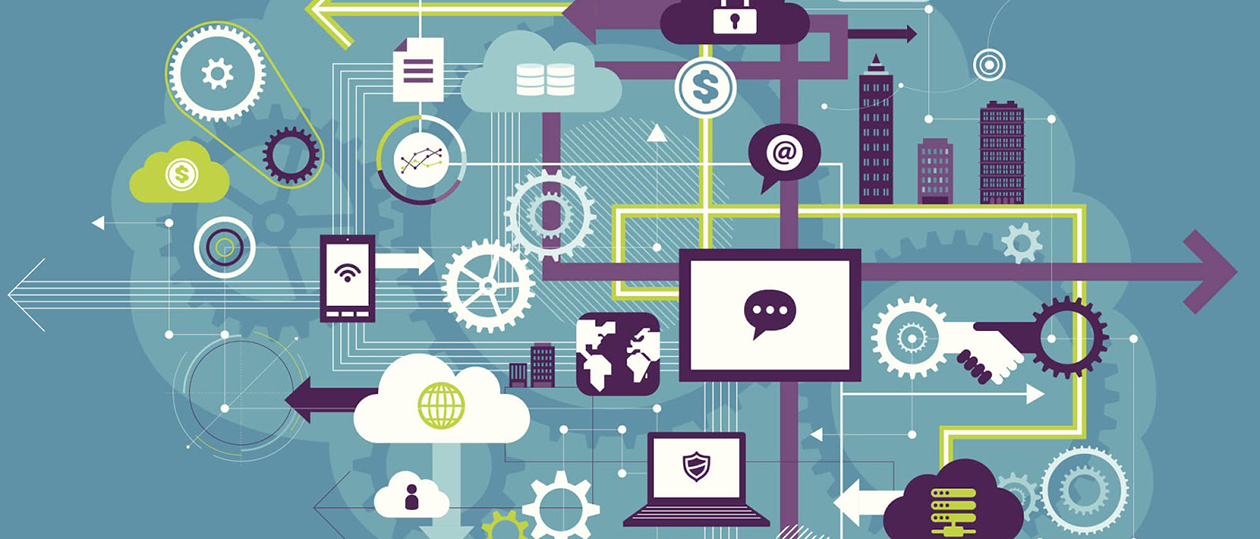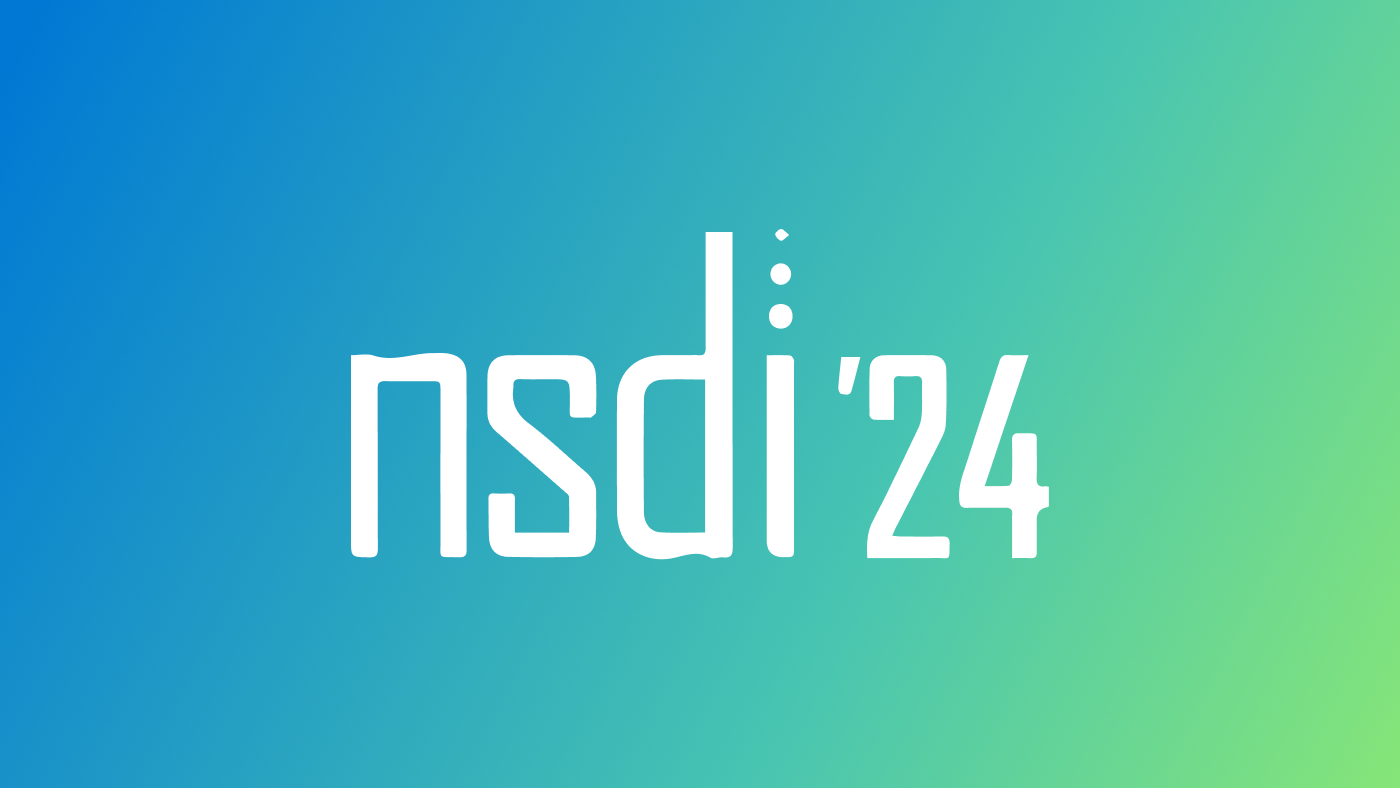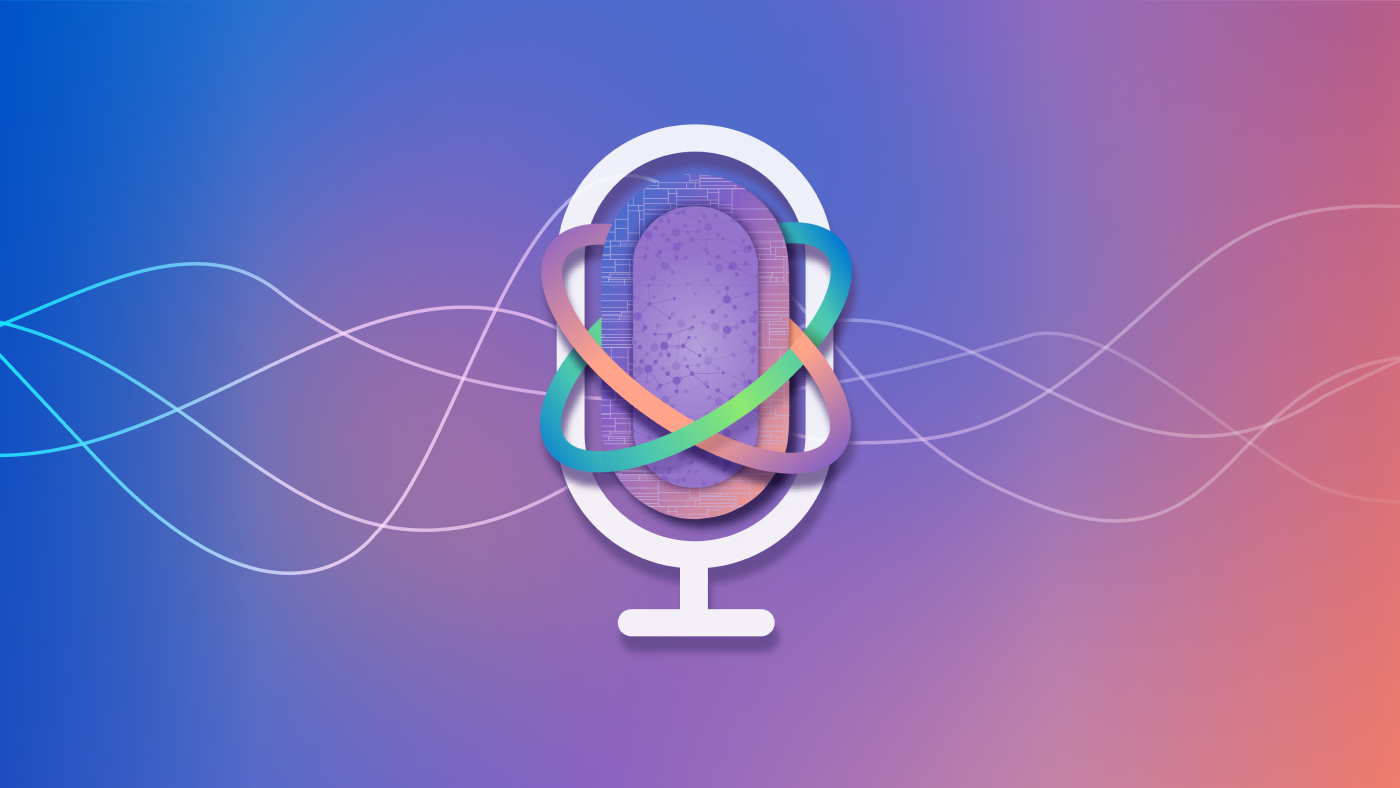
By John Roach, Writer, Microsoft Research
Within the next 5 to 10 years, tens of billions of things will be connected to the internet. They’ll monitor rainfall in rain forests and engine performance in airplanes, guide robotic teachers around classrooms and robotic aids around nursing homes, keep tabs on milk in refrigerators and fans at baseball games along with millions of other yet imagined scenarios for this future Internet of Things.
Leading researchers from across industry and academia are meeting this week in Snoqualmie, Washington, for the UW Allen School MSR Summer Institute 2017: Unpacking the Future of IoT (opens in new tab) to hash out their vision for this interconnected world and a plan to turn this vision into reality.
on-demand event
“The way you create the future is you envision what that future is and then once you envision it you identify these hard, technical challenges that will get you there,” said Victor Bahl (opens in new tab), distinguished scientist and director of mobile and networking research at Microsoft’s research lab in Redmond, who is a co-organizer of the institute. “Then you start working on them.”
For example, a key challenge for IoT is energy supply, noted Bahl. With billions of devices, batteries that require regular replacement are a nonstarter. Several research groups are exploring workarounds such as energy scavenging from the environment, allowing battery-less computation and communication. “We have some prototypes, but more has to be done,” said Bahl.
Other challenges include connectivity – how and when do these devices connect to the internet outside the range of Wi-Fi and without the overhead of cellular networks – device security, and ensuring the security and privacy of data. Another discussion is around models for the intelligent edge – putting smarts in IoT devices on the fringes of networks, which eases bandwidth constraints and latency issues.
At the core of the institute, added Bahl, is a belief that IoT is a collaborative field. Social activities are planned to encourage networking and cross-institute collaborations. All presentations from the institute will also be made available to the broader IoT community.
“We are starting to work on these problems as a community and in the process,” noted Bahl, “we’ll end up helping define the future as opposed to the future defining us.”
The UW Allen School MSR Summer Institute 2017: Unpacking the Future of IoT (opens in new tab) is organized by Shyam Gollakota (opens in new tab), Yoshi Kohno (opens in new tab), Shwetak Patel (opens in new tab) and Joshua R. Smith (opens in new tab) from the Paul G. Allen School of Computer Science and Engineering at the University of Washington and Victor Bahl (opens in new tab) at Microsoft Research.
Related:





